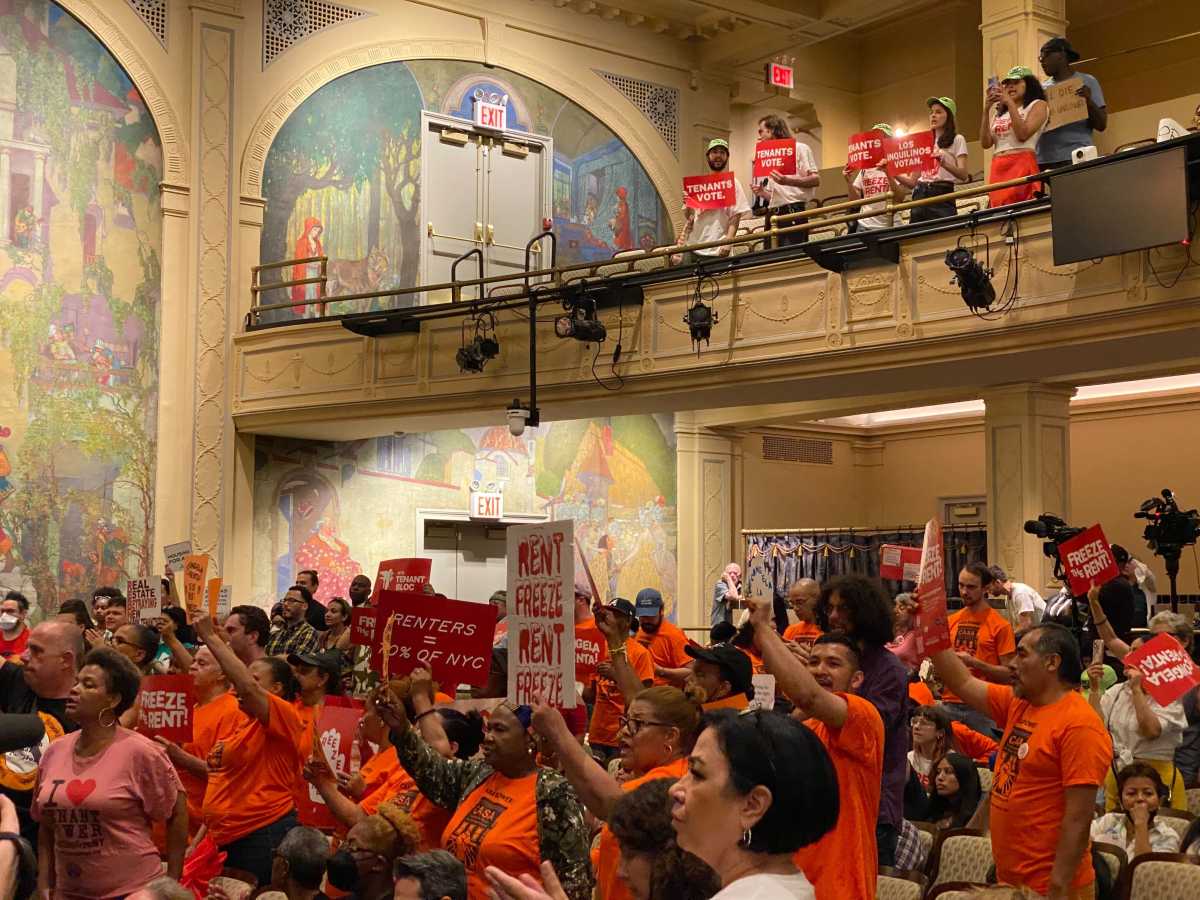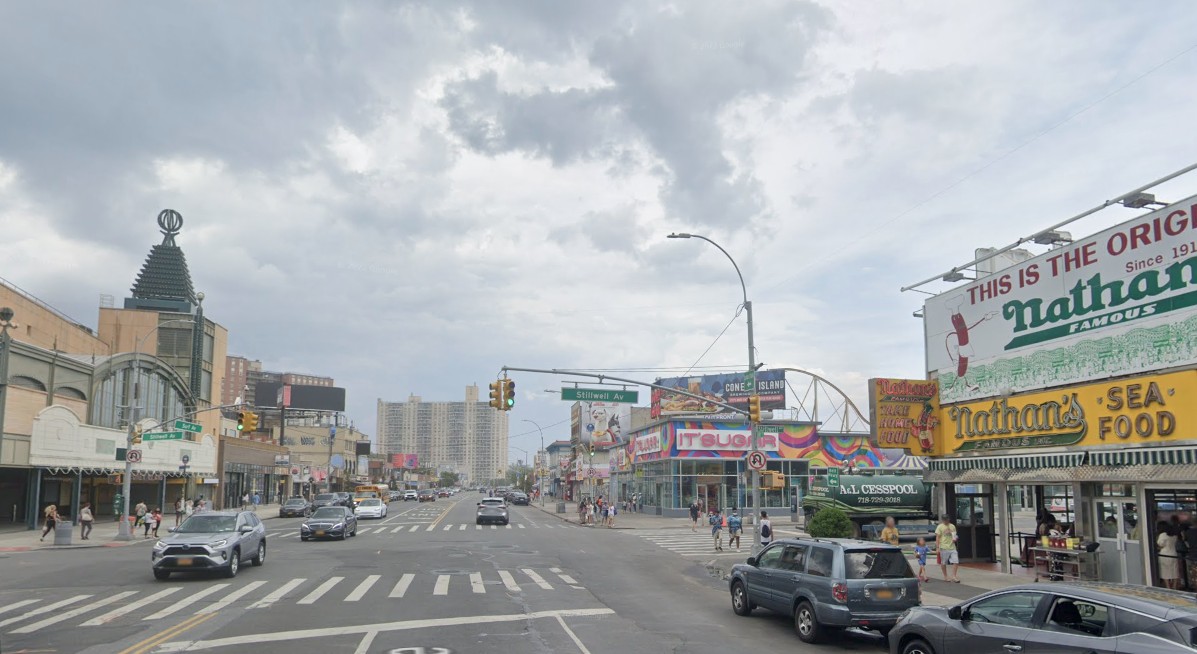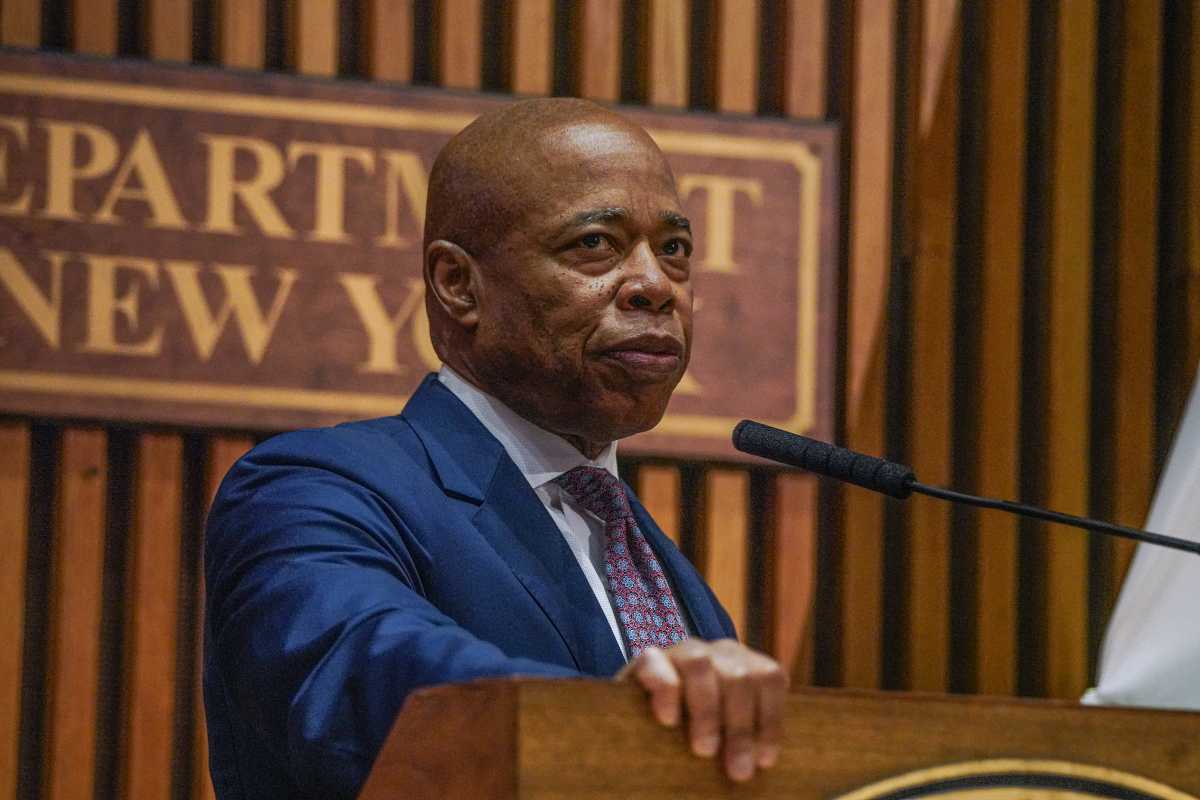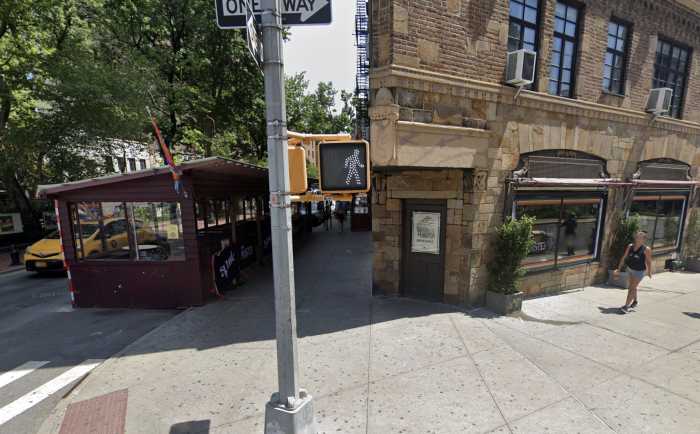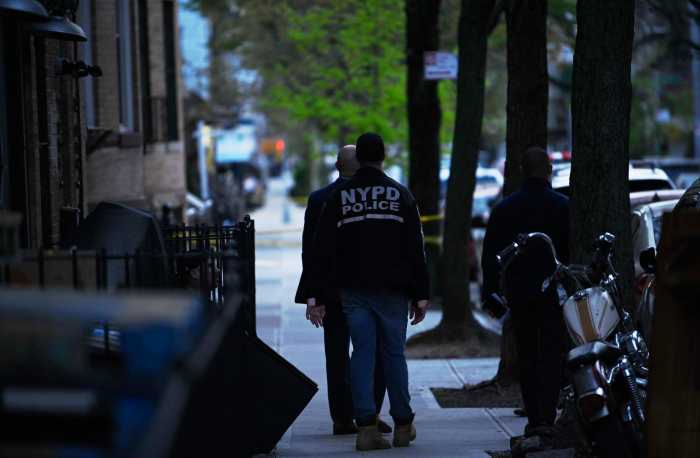Coney Island developer Joe Sitt is now hawking a “binding agreement” with local leaders to make his $1.5-billion amusement and hotel fantasyland become reality — hinting this week at an Atlantic-Yards-style solution to his ongoing problem of gaining support for the glitzy proposal.
“At the end of the day, this project will not be built without some kind of binding agreement done well in advance,” Sitt told Coney residents who packed into a Mermaid Avenue church to hear him present his plan to transform the neighborhood’s amusement zone into a strip of hotels, shops and new scream-inducing rides.
Sitt has not had an easy time rousing support from the city, which must approve his plan before construction can begin. So now he’s pulling developer tricks out of the bag, in true Coney showman style.
The public (and public-relations) campaign began in earnest last week, when Sitt loudly dropped the 900 condo units from his glittering design. He then held a press conference to announce that “all of Coney Island” was behind him — smiling on the Boardwalk, even as “all of Coney Island” was calling reporters to distance itself from Sitt.
This week’s pulpit-side promise of a deal with community leaders starts the second phase in convincing city officials that Sitt is trustworthy.
The “community benefits agreement” approach worked for Atlantic Yards developer Bruce Ratner, who is currently building the only Brooklyn development larger than Sitt’s proposal.
The developer — dressed sharply with a pinstriped suit and an ever-ready grin — presented his vision with the infectious exuberance that has characterized his approach to the project since his company, Thor Equities, began buying up the faded amusement district two years ago.
Sitt, who lives near Coney in the Gravesend neighborhood, got some support from the crowd, but not for his 40-foot “Freakenspiele Tower” ride or his “Bizarre Bazaar” of shops. Instead, locals cheered for job opportunities, asking multiple times for guarantees of local hiring and training programs.
“This community wants jobs. [People] are interested in what [Sitt] will build, but first and foremost they are looking at what economic opportunities can be created,” said Minister Eddie Brumfield, a member of Community Board 13.
Brumfield said that Coney Island leaders were “looking at” the agreement Ratner signed with some local organizations to see if the model could work there.
Sitt’s spokesman, Lee Silberstein, said the developer is not yet ready to speak about specific possibilities for such a CBA.
“There are lots of groups out there,” Silberstein said. “Joe has been talking to them.”





